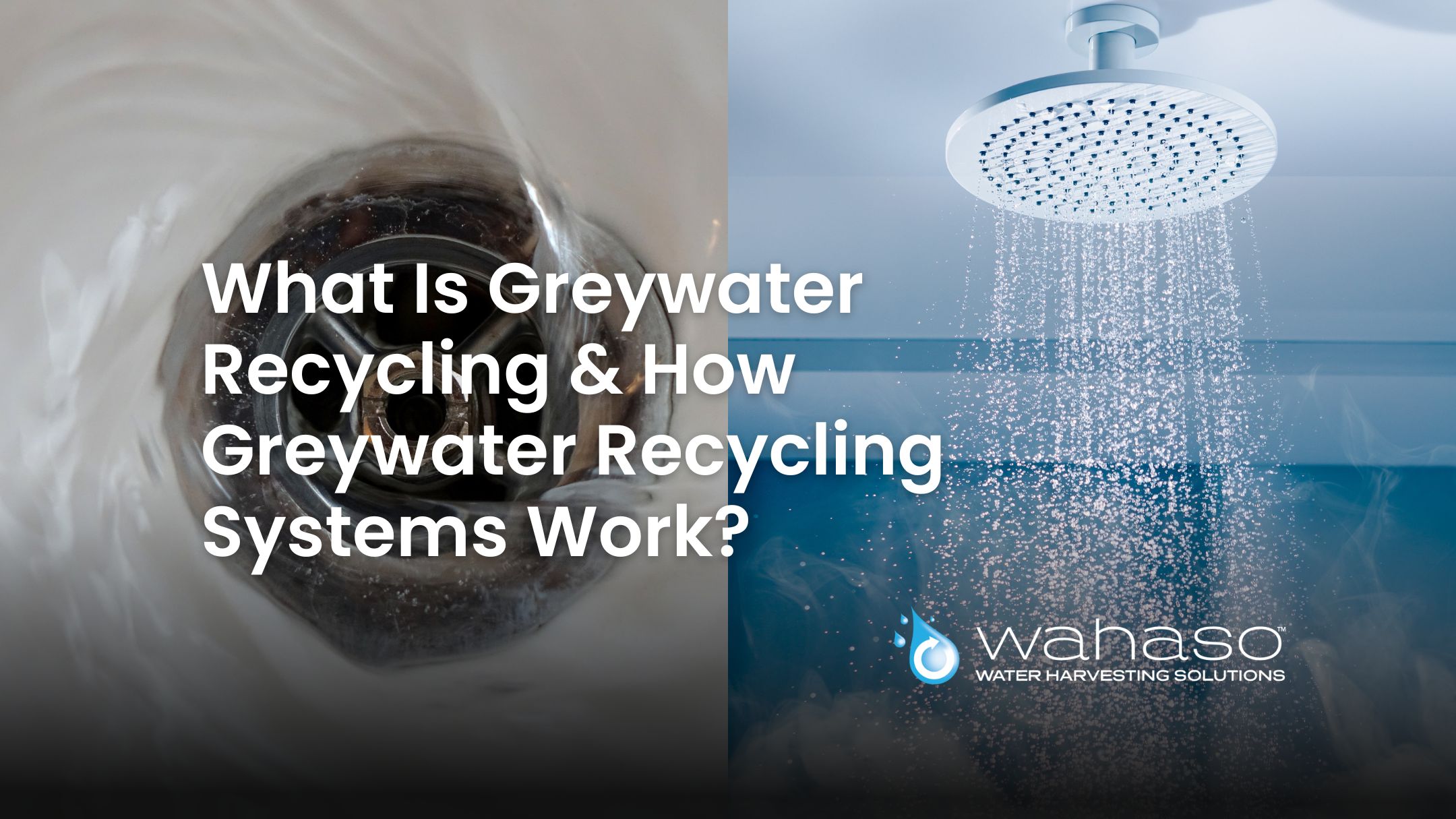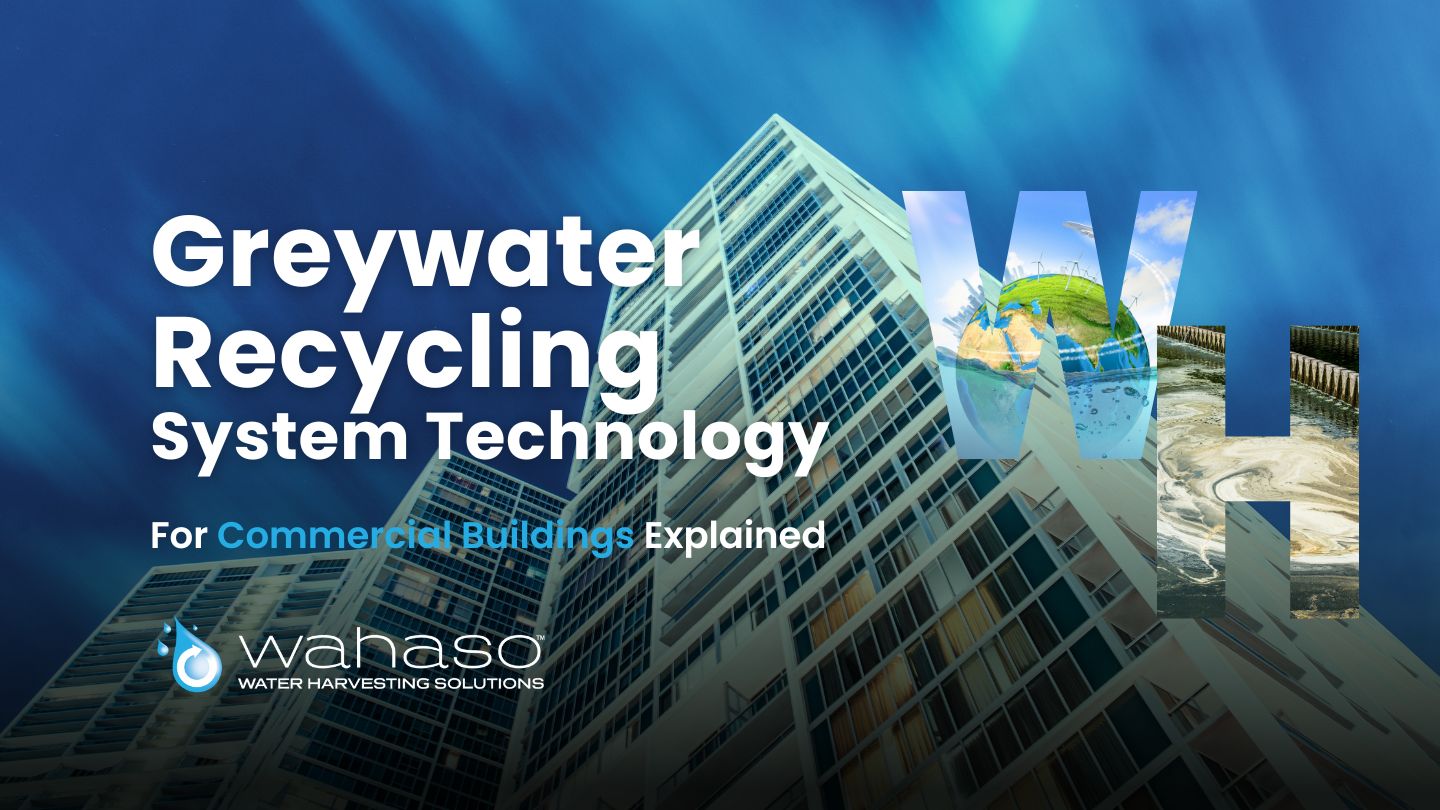Greywater Recycling System Technology For Commercial Buildings Explained
Discover the latest in Greywater (grey water) Recycling System Technology For Commercial Buildings
More and more commercial buildings are turning to innovative solutions to reduce their water footprints, and greywater recycling systems stand out as a compelling option. These systems offer a sophisticated approach to water conservation and related cost impacts, while upholding and showcasing environmental responsibility.
Understanding Greywater
Greywater refers to gently used water generated from lavatory sinks, showers, bathtubs, and washing machines. Unlike blackwater (toilet wastewater and water from kitchen sinks) which carries greater contamination, greywater is suitable for non-potable applications, once properly treated.
Harnessing Greywater through Technology
Commercial greywater recycling systems typically employ these five stages.
- Targeted Collection: Greywater from designated fixtures is diverted through a dedicated piping and drainage network, ensuring complete separation from blackwater
- Pre-treatment: Initial filtration removes larger particles like hair and debris, protecting downstream system components
- Advanced Treatment: Depending on the intended use category, further treatment may involve biological processes, ultrafiltration, and/or disinfection and sterilization measures to meet local water quality standards
- Storage: Treated greywater is safely stored and recirculated in a designated tank until required for reuse
- Strategic Reuse: Applications range from toilet flushing and landscape irrigation to cooling tower makeup water and even laundry wash, helping to maximize resource efficiency across various building functions
Greywater Recycling System Benefits Beyond Conservation
The advantages of greywater recycling extend far beyond water savings, to include the following.
- Reduced Operating Costs: Lower water bills brought by use of recycled water and potential tax incentives, often contribute to significant financial benefits for building owners
- Environmental Stewardship: Resulting decreased wastewater discharge and reduced reliance on potable water, lessen environmental impact upon a building’s surroundings
- Enhanced Brand Image: Demonstrating commitment to environmental responsibility through greywater harvesting integration tends to attract environmentally conscious clients, strengthening brand reputation and boosting competitive edge

Navigating Grey Water Harvesting System Implementation
While the benefits of greywater are compelling, the following factors are key to ensuring integration within a building’s framework.
- Regulatory Compliance: Local regulations and national plumbing codes must be followed to ensure proper system operation, with the guidance of consulting MEP and Civil Engineers, as well as Architects
- Professional Design and Installation: Upon greywater system design completion, it’s essential that the system be installed by expert Mechanical, Plumbing, and Electrical contractors
- Ongoing Maintenance: Regular system maintenance ensures long term efficiency and system longevity
Greywater recycling technology presents a powerful tool to commercial building owners and developers pursuing major water conservation goals often coupled with substantial cost savings. At the same time, companies taking the initiative to implement these systems, help contribute to a more water-conscious future.
Wahaso Water Harvesting Solutions work with Civil Engineers.
Please call us at 800-580-5350 or click the link for a free quote. Free Estimate.
Since 2004
Wahaso Mission
Our mission at Wahaso is to help municipalities and commercial property owners reduce the impact of their buildings on the environment through innovative and sustainable water practices.




